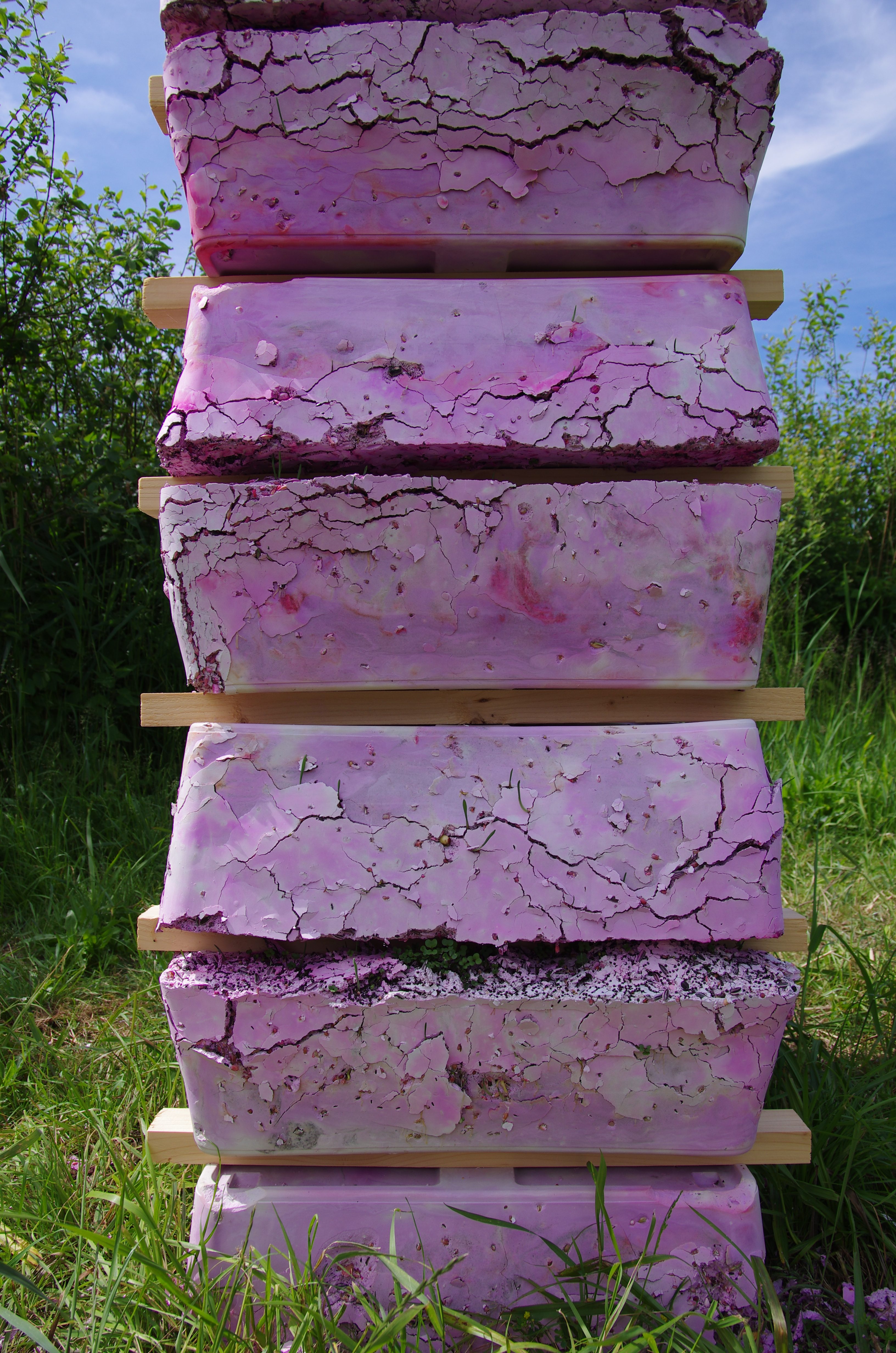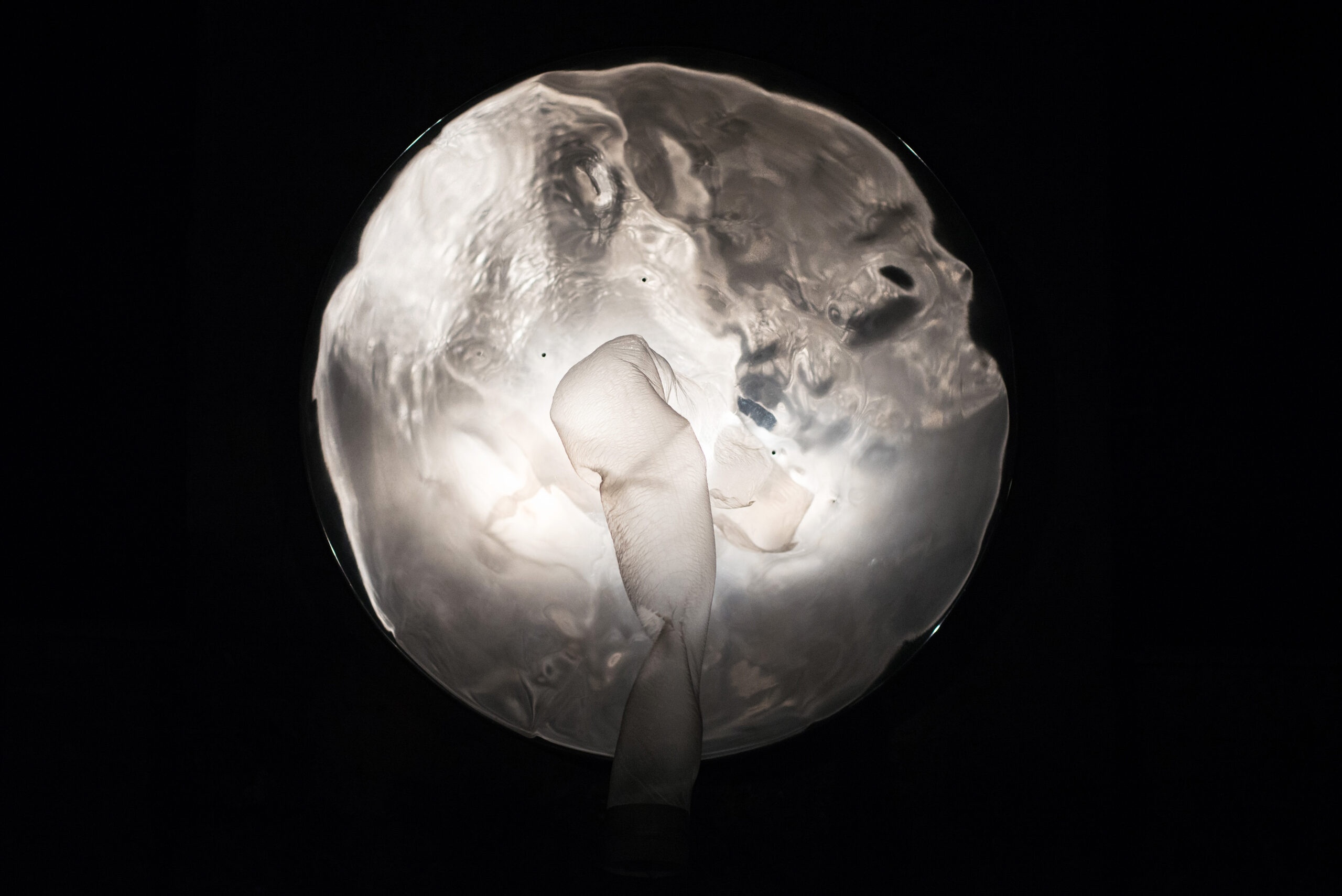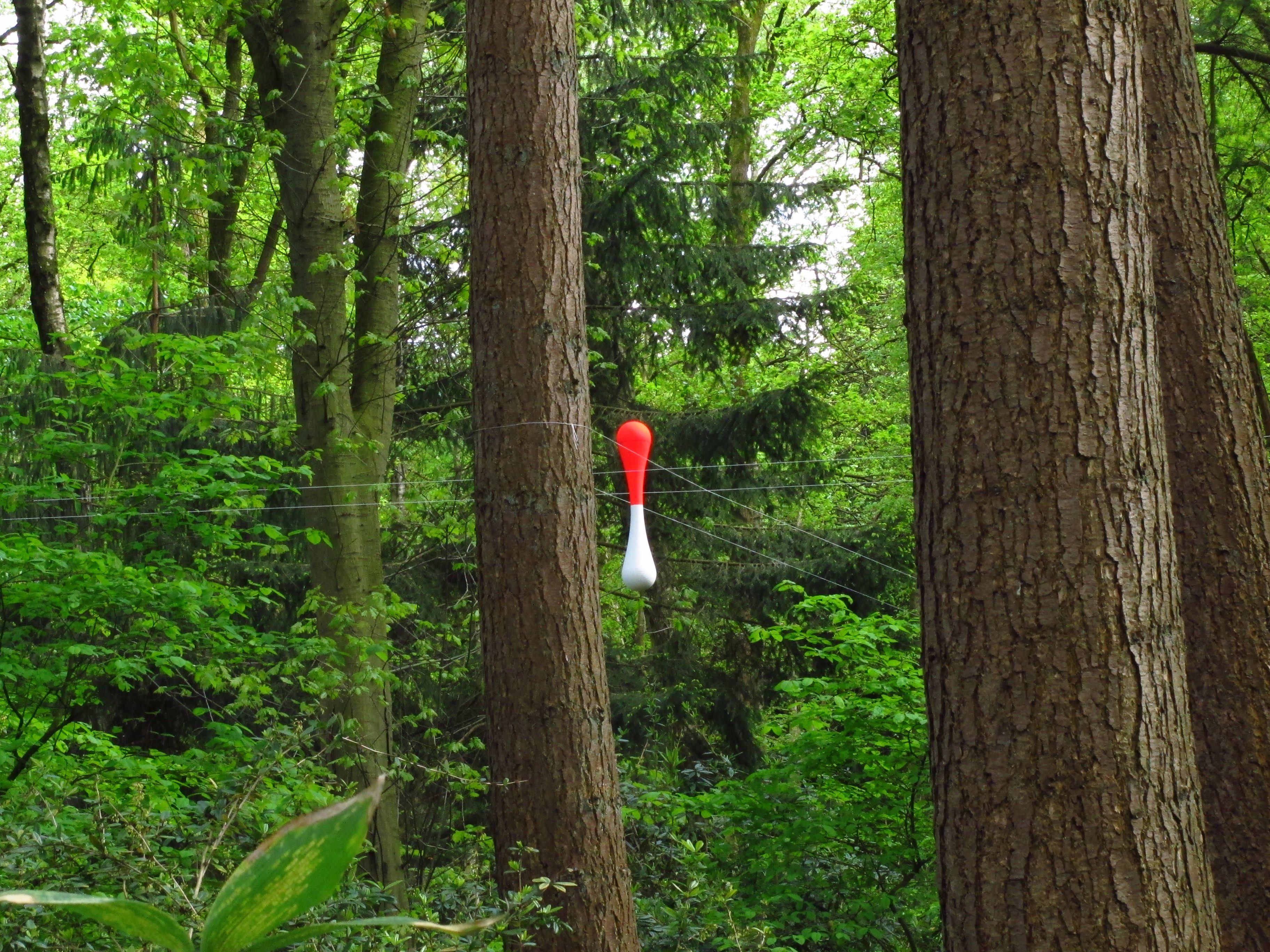Published by Teun at 2022-05-17 15:05
Art-challenge: how to bring together art and water quality on campus?
Work side by side with artists on an early study towards an artwork in the pond next to Pulse, contributing to the Art Collection on Campus and the improvement of water quality.
Encounter
TU Delft is looking for ways to increase the water quality of the pond next to Coffee & Bikes. On the other hand, the university has just started activating and expanding the Art Collection on Campus. In this pilot, art and the improvement of the water quality meet.
Artists
Five artists will join you in this challenge. Their work is related to nature or ecology, but the artists are not necessarily familiar with developing art using water(technology). During the challenge we envision a mutual learning experience and exchange of artistic and technical perspectives.
Program
The two-day challenge on Saturday 11 and 18 June will be hosted by the Science Centre at the Van der Burghweg 1, Bouwcampus (Building 26), from 9am-17pm. The first day will consist of introductions on the art vision, the water system and the artists. After lunch we will work in small groups exploring the context of the question and the spatial setting of the location. The second day all groups will focus on working towards the first ideas, to be presented in a pitch and a small exhibition.
Interested?
The two-day challenge is open for all students and staff: the case has a multidisciplinary character and will benefit from all different perspectives. There is a maximum of 30 participants. Please subscribe by email to K.Fragakis@tudelft.nl for a fee of 5 euro including lunch.
The art challenge is a cooperation between TU Delft Campus & Real Estate, TU Delft Library, Crossing Parallels and Art Works on Campus.
Participating artists
Niels Albers, 1983
Niels Albers is interested in research into the relationship between humans and animals, with a genuine concern for the impact of the human species on our ecosystem. All this emerges from a fascination with origins, games, maps, and routes. Albers was also one of the founders of the Fabulous Future, a collective of seven engaged in combining research, development and construction of spaces, events, and situations. His work, Schokgolven, is a sculpture in the form of a pier or jetty that turns into two waves located on the edge of the former island of Schokland. Albers is enabling the viewer to understand the environmental history of Schokland without a necessary context.

Esther Hoogendijk, 1987
Esther Hoogendijk creates objects which slowly change shape, colour, and matter under the influence of natural elements. She mainly develops research-based site-specific installations. Her starting point is the material, and through researching and testing different layers of these materials and the environment, she discovers new methodologies and techniques to carry out her concept. Hoogendijks pastel coloured works transform, degrade, and evolve from lifeless shapes into something growing and flourishing. Her work, Toren, shows a 2,5-meter tower of stacked pink blocks filled with seeds. Through time the seeds grow, the blocks become unstable, and three months later, it collapses.

Jan Koen Lomans (JKL Studio), 1978
Jan Koen Lomans (JKL Studio) is an artist fascinated by the cosmos, consciousness, quantum physics, and how we look at natural phenomena. For Lomans, collaboration is crucial and necessary to transform his ideas into artworks and installations. He leaves the creation process as open as a blank page ready to be filled. Letting go of control creates space for unexpected and surprising twists. Possible outcomes can result in a place full of movement where you come to a standstill by listening and through wonder. In his latest project, he is fascinated by vibrations in nature. This fascination results in the work Garden of Resonance, a garden filled with moving waves, sounds and vibrations, a resonating field where objects cause vibrations like modern singing bowls.

Ludmila Rodrigues and Mike Rijnierse (1979, 1974)
Ludmila Rodrigues and Mike Rijnierse have been collaborating since 2011. Rodrigues investigates the entanglement of social interaction, cognition, affect, trust, and sensory experience. Her spatial interventions and choreographic objects become interfaces to activate the senses and explore relations of vulnerability and agency. Rijnierse is known for his large-scale light and sound installations, where the public gets incorporated in the piece, as in Soundman. Rijnierse interprets the behaviour of space, passers-by, users, machines, and infrastructure as parameters. Together they create architectures for cross-sensory experience, manifested in light, sound, air, movement, and space. Their works obtain bodily navigation and question the construction of human perception.

Wim Schermer (1966)
Wim Schermer combines his background as an industrial design engineer at the TU Delft and his education as a scenographer at the Rietveld Academy in his autonomous work. In search of wonder, Schermer questions the boundaries of reality and challenges the viewer to view his familiar world with a fresh perspective. He studies a natural phenomenon in detail to see what exactly takes place. In his work Contact, Schermer connected towering Douglas firs with white lines stretched in space. The lines create tight cross shapes, and orange/white colored shapes 'float' in the middle. This way, Schermer made tangible how dimensions change by simply adding a line or shape, but also that everything is connected: man, animal, root, fungus, plant, tree, air, and earth.
